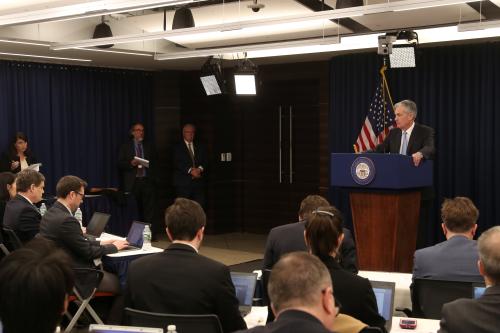

Research
BPEA | Spring 2012Spring 2012
This paper examines the macroeconomic dynamics of the 2007–09 recession in the United States and the subsequent slow recovery. Using a dynamic factor model with 200 variables, we reach three main conclusions. First, although many of the events of the 2007–09 collapse were unprecedented, their net effect was to produce macro shocks that were larger versions of shocks previously experienced, to which the economy responded in a historically predictable way. Second, the shocks that produced the recession were primarily associated with financial disruptions and heightened uncertainty, although oil shocks played a role in the initial slowdown, and subsequent drag was added by effectively tight conventional monetary policy arising from the zero lower bound. Third, although the slow nature of the recovery is partly due to the shocks of this recession, most of the slow recovery in employment, and nearly all of the slow recovery in output, is due to a secular slowdown in trend labor force growth.